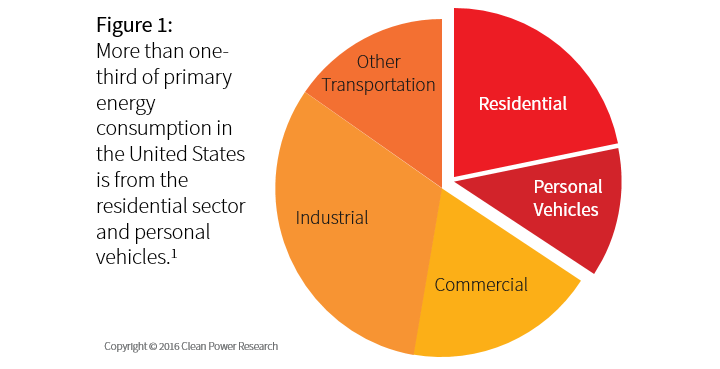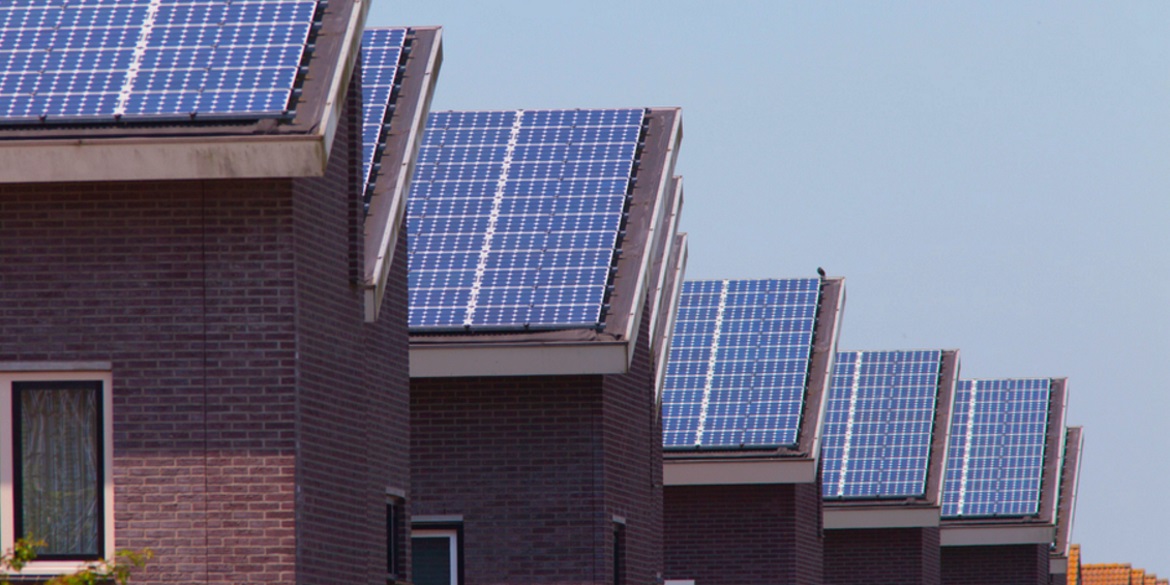This is the first article of an 11-part series on Solar+ homes. The series describes how homeowners can combine simple energy efficiency measures, solar PV, electric vehicles and appliance electrification to create households that are fully powered by solar electricity—even in existing homes. A Solar+ home provides substantial economic and environmental savings to the homeowner, and creates load profiles that are low-cost for utilities to serve.
PV no longer a “research novelty”
Solar photovoltaics (PV) was a research novelty when I began my career at Pacific Gas and Electric Company (PG&E) in the early 1980’s. The first 15 years of my work focused on publishing highly technical research papers. In the late 1990’s, people like my neighbor began asking the question: What’s the value of solar for me? PV was still in its infancy when Clean Power Research was founded in 1998 to help answer this question.
We spent the next 15 years building tools at Clean Power Research to help organizations address challenges and seize opportunities around solar. We wanted to inform consumers, streamline business processes and support energy-related decisions. Our goal was to produce superior software services based on cutting-edge research. The tools were the result of answering questions. They formalized the algorithms, analytics and approaches, and made them widely and inexpensively accessible.
We began to think about the next set of questions that people would ask. Our thinking was stimulated by California’s goal that all new homes needed to be zero net energy (ZNE) by 2020. This prompted the questions:
- Can ZNE be cost-effectively applied to existing homes?
- Can ZNE be extended to included personal transportation?
These questions were different because they required a holistic approach to the problem. It included PV and non-PV technologies.
It has become clear that PV is at the heart of the worldwide energy transformation. To be at the cutting edge, we at Clean Power Research think of the energy transformation in terms of How, Where, When, What and Who. We have spent years thinking about the How, Where and Who. More specifically, we found that:
- How electricity is generated is transitioning from fossil-fueled to renewable generation, especially solar.
- Where electricity is produced is changing as represented by a growing interest in distributed systems.
- Who can generate power is changing from a few producers to many consumers.
We are now adding the What and When. What electricity is used for is increasing, especially with electric vehicles and other appliance electrification. When electricity is used is shifting as solar penetration increases.
What is a Solar+ home?
This energy transformation has set the stage for Solar+ homes. A Solar+ home is one that is fully powered by solar electricity, including water heating, space conditioning and transportation. Fully powered is defined to be on an annual site energy basis.
Existing homes can be converted to Solar+ homes in three steps:
- Reduce leaks.
- Switch to efficient devices.
- Offset consumption with PV.
More specifically, Solar+ homes combine simple energy efficiency measures, PV, electric vehicles (EVs) and appliance electrification to create households that are fully powered by solar electricity. They have substantial economic and environmental savings over conventional approaches. Solar+ homes address the What question and have the potential to address the When question.
People are intrigued by the idea of a Solar+ home. The reality of having their own Solar+ home, however, eludes them. Reasons for this include:
- A confusing array of choices about energy-saving devices.
- The incorrect belief that technological breakthroughs are required before Solar+ is cost-effective.
- A faulty assumption that costly “deep retrofits” are required to achieve Solar+.
The result is that people assume that Solar+ can only be a reality in a new home or an expensive retrofit.
Why focus on existing homes?
This 11-part blog series focuses on existing homes. As shown in Figure 1, residential homes (including personal transportation) account for more than one-third of primary energy consumption in the United States. Demonstrating the feasibility of Solar+ homes in the residential retrofit market could have major benefits for consumers, utilities and energy service companies alike.

Blog series
This blog series describes why YES is the answer to the question: Can existing homes cost-effectively be made into Solar+ homes? It’s organized around the topics that we at Clean Power Research have researched and tested over the past several years.
The series mixes the professional with the personal. On the one hand, it has been conducted as a high quality research project including implementation in a prototype house with detailed, circuit-level load (Figure 2) and temperature monitoring (Figure 3) that is controlled using smart thermostats (Figure 4). On the other hand, it’s personal: the prototype Solar+ house is my own home (Figure 5).




The 11 articles in the series should take an hour to read. They are written to be accessible by the average homeowner as well as energy professionals. Our desire is that this series will develop a vision that existing homes—including the personal transportation of their occupants—can be cost-effectively converted to Solar+ homes to support a renewable energy future.
Key takeaway
A Solar+ home is one that is fully powered by solar electricity, including water heating, space conditioning and transportation. Existing homes can be converted to Solar+ homes in three steps:
- Reduce leaks.
- Switch to efficient devices.
- Offset consumption with PV.
This blog series describes the feasibility of Solar+ homes, and how they can be beneficial to both consumers and utilities.
Don’t miss the next article in the series! Subscribe now to receive future updates about Solar+ homes.
To go to the next Solar+ homes article, click here.
1Data sources: www.eia.gov/totalenergy/data/annual/#consumption, www.eia.gov/todayinenergy/detail.cfm?id=17171, www.americanenergyindependence.com/fuels.aspx
